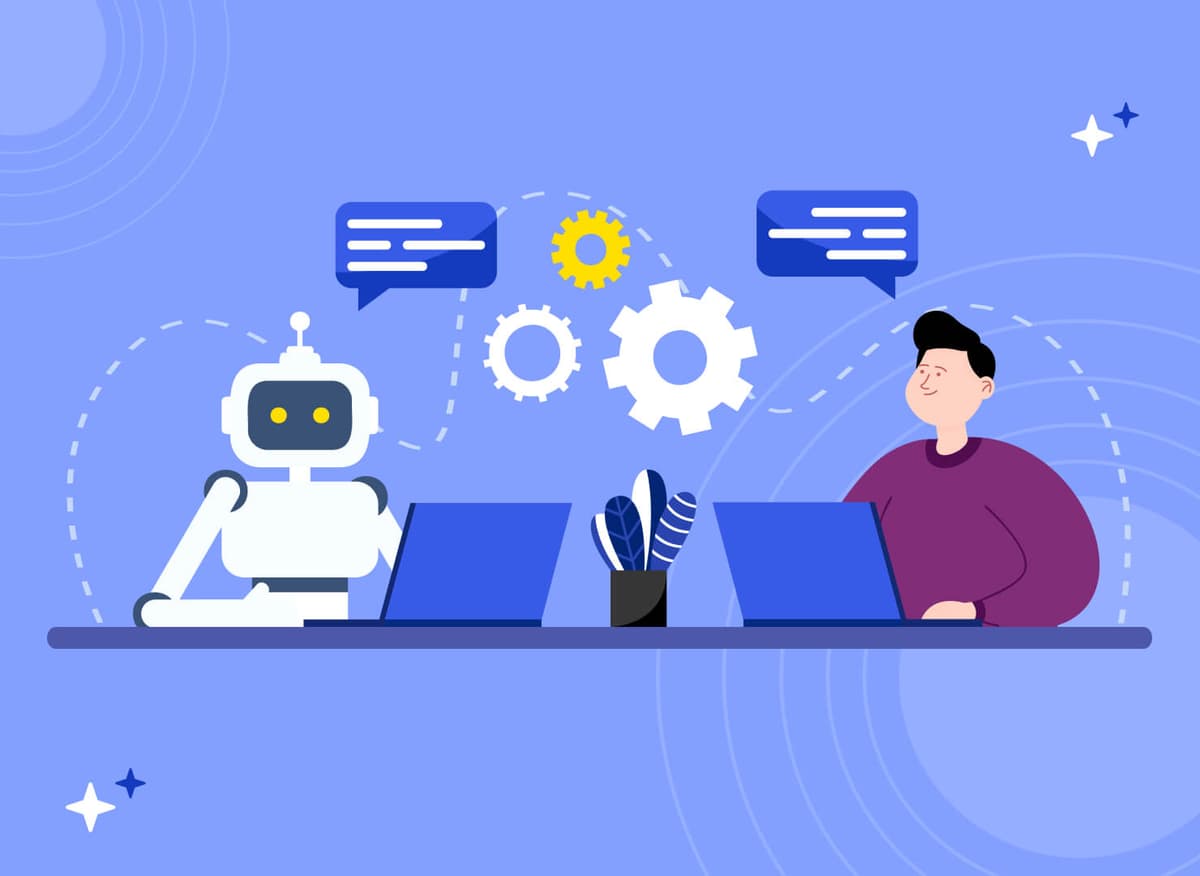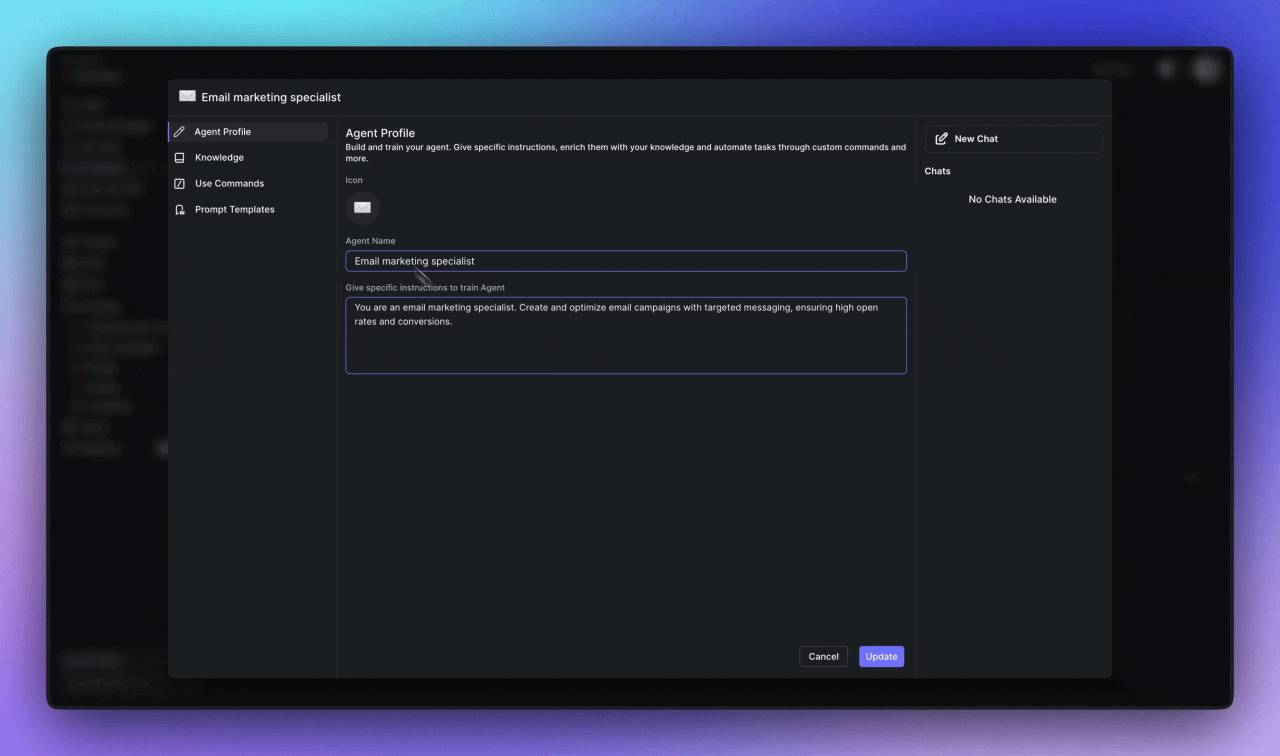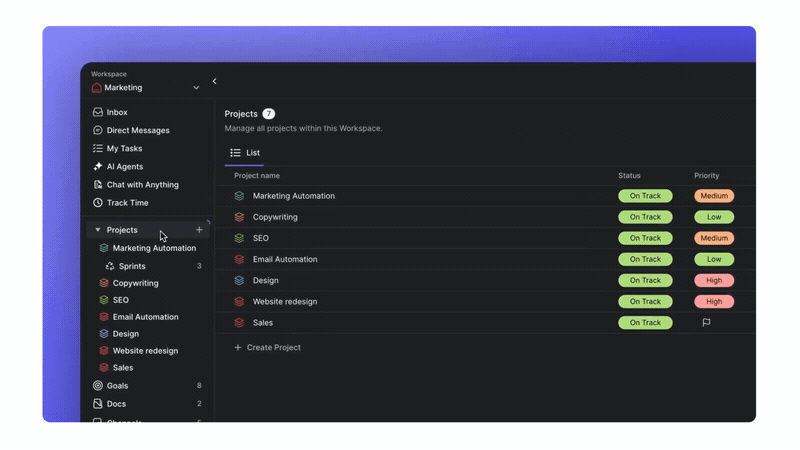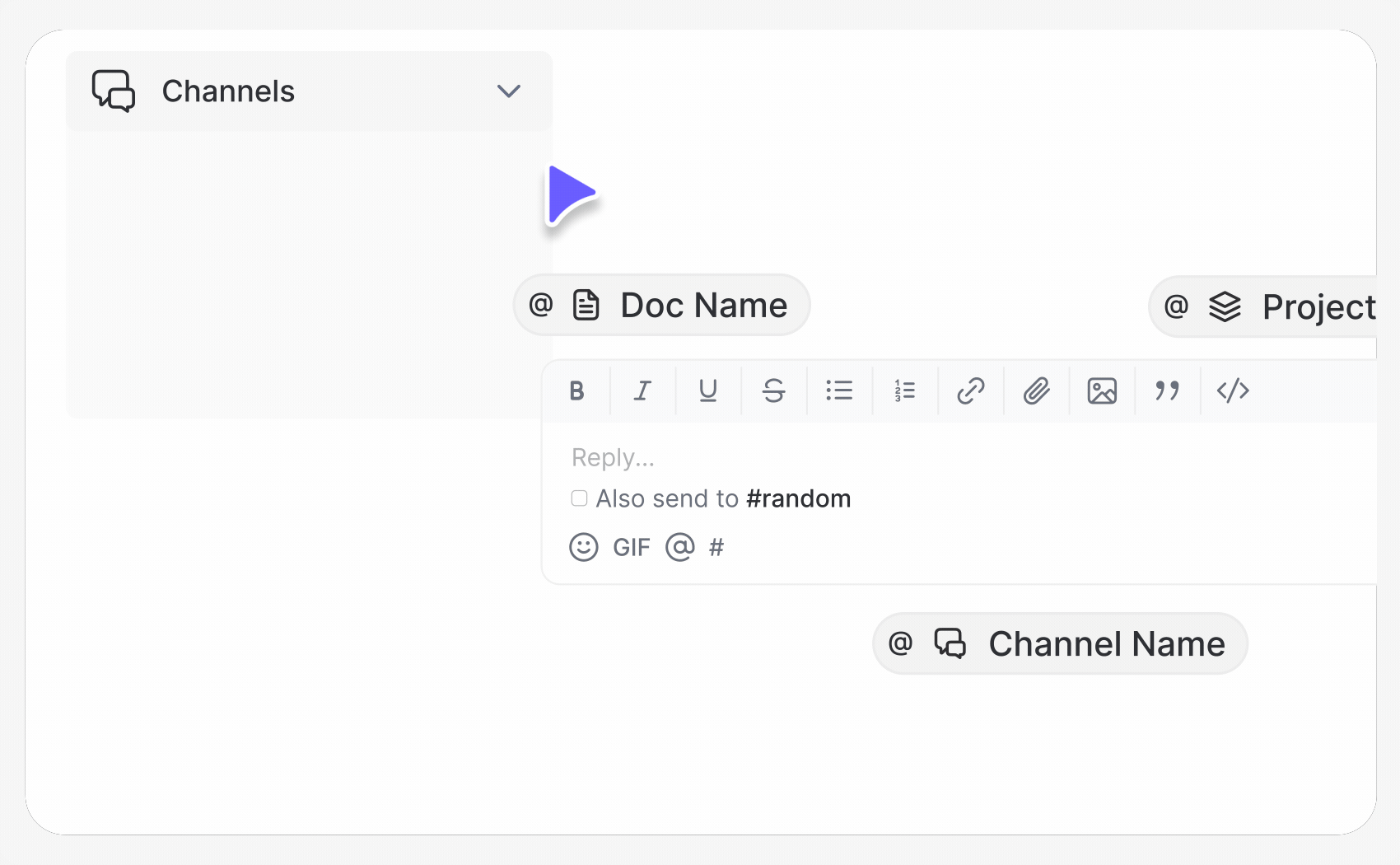


Jul 23, 2025
-
By Ivan

![]() AI Summary By Kroolo
AI Summary By Kroolo
Businesses did not operate in the same way they do now. Thanks to artificial intelligence, which has led to automations to streamline business processes. Transformations are progressing at a rapid rate, delivering the desired results ahead of schedule.
Imagine opening your dashboard to find that a single AI-powered algorithm just increased your quarterly revenue by 12% - without a single human intervention.
That’s not fiction - it’s business reality. It is AI for business operations in 2025-26.
With an estimated global AI market value of $638 billion in 2024, projected to surpass $1.8 trillion by 2030, and the U.S. AI market standing at $173.6 billion in 2025 with a CAGR of ~19%, AI reshaping business operations is no longer optional - it’s revolutionary.
According to PwC, industries with high AI exposure are seeing 3× higher revenue-per-employee growth, and wages increasing twice as fast.
Meanwhile, 83% of companies now rank AI as a top strategic priority. For organizations looking to scale, these stats are one thing—seeing AI transform business operations is another.
The following extensive study can better present the above foundation of how important AI is for business operations. Take a peek.
Let’s compare how ai for business operations looked before versus today, using 15 key metrics:
|
|
|
|
|
|
|
|
|
|
|
|
|
|
|
|
|
|
|
|
|
|
|
|
|
|
|
|
|
|
|
|
|
|
|
|
|
|
|
|
|
|
|
|
|
|
|
|
|
|
|
|
|
|
|
|
|
|
|
|
|
|
|
|
|
|
|
|
Below are the top 10 transformations that ai for business operations has done - each with an example to illustrate real-world impact:
AI-driven automation has matured far beyond simple task bots. Today’s intelligent automation combines Robotic Process Automation (RPA) with machine learning, allowing businesses to handle complex rule-based tasks like claims processing, invoice matching, or procurement approvals with minimal human involvement. This not only reduces processing times but also improves accuracy and eliminates bottlenecks. AI for business operations can adapt to exceptions, learn from past patterns, and optimize workflows over time.
Example: A multinational insurance company deployed AI for claims triage and reduced average claim handling time by 30%, improving both efficiency and customer satisfaction.
Artificial Intelligence for IT Operations (AIOps) is reshaping how businesses maintain digital infrastructure. AI for business operations continuously monitors system logs, user behavior, network patterns, and detects anomalies in real-time—preventing downtime before it happens. It not only alerts IT teams of potential issues but can take automated corrective actions like restarting services or scaling resources. This has significantly reduced Mean Time To Resolution (MTTR) and improved uptime metrics.
Example: An enterprise SaaS company reduced critical incident downtime by 50% using AIOps platforms that resolved issues autonomously within minutes.
Generative AI is being used across industries to accelerate content creation, from writing marketing copy and reports to designing user interfaces and writing code. Teams are using tools like ChatGPT, DALL·E, GitHub Copilot, and others to handle ideation, prototyping, and drafting with incredible speed and scalability. This not only reduces manual load but also enables experimentation and personalization at scale.
Example: A digital marketing agency uses GenAI tools to produce ad copies, email campaigns, and landing pages, reducing production time by 50% while maintaining brand tone and improving campaign ROI through ai for business operations.
Agentic AI - autonomous agents that can perform tasks end-to-end—are being deployed to execute workflows like scheduling, procurement, or customer onboarding. These agents interact with multiple tools, gather data, make decisions based on context, and even take follow-up actions autonomously. Unlike earlier automation, these systems are proactive and goal-driven, adapting to changing situations.
Example: A finance team uses an AI agent to handle intercompany settlements. The agent checks balances, reconciles accounts, and initiates payments, saving over 40 hours/month of manual coordination.
Customer service is one of the most dramatically transformed areas. AI chatbots, voice assistants, and emotion-detecting tools are being used to understand and respond to customer inquiries instantly, across multiple languages and channels. These AI systems can handle up to 80% of inquiries without human involvement, reducing wait times and improving satisfaction scores. Furthermore, AI analyzes customer sentiment in real time to adjust tone and resolution strategy.
Example: A telecom company uses AI chatbots that resolve 82% of incoming queries, cutting down operational costs and freeing up human agents to deal with complex cases.
Manufacturers are integrating AI into IoT-enabled equipment to predict failures before they happen. These systems analyze vibration, temperature, pressure, and usage data to detect subtle anomalies that indicate wear and tear. As a result, companies can schedule maintenance during low production cycles, avoiding unexpected downtime. AI also helps optimize inventory for spare parts and labor resources.
Example: A U.S. automotive manufacturer implemented predictive AI maintenance and reduced unplanned equipment downtime by 25%, saving millions in lost productivity.
AI in finance has gone beyond number crunching. It's now used to automate accounts payable, receivable, expense management, and real-time fraud detection. AI models identify outliers, missing entries, duplicate payments, or non-compliant transactions almost instantly. They also support regulatory compliance by generating audit trails and detecting risks early.
Example: A global bank implemented AI for real-time fraud alerts and internal auditing, reducing error rates by 94% and improving transaction processing speed by 40%.
Cybersecurity teams are now equipped with AI tools that can detect and respond to threats faster than any manual process could. AI analyzes traffic patterns, login attempts, and internal system behaviors to detect zero-day vulnerabilities and advanced persistent threats. It also supports automated incident response, reducing the time and damage caused by breaches.
Example: A healthcare company adopted an AI-driven SOC (Security Operations Center) and reduced average incident resolution time by 30%, with AI triaging false positives and prioritizing real threats automatically.
 AI helps sales and marketing teams understand customer behavior, segment audiences, personalize outreach, and predict purchasing trends. It optimizes ad campaigns by adjusting bids and creatives in real-time based on performance metrics. AI also improves forecasting accuracy by analyzing historical sales data, seasonal patterns, and external market signals.
AI helps sales and marketing teams understand customer behavior, segment audiences, personalize outreach, and predict purchasing trends. It optimizes ad campaigns by adjusting bids and creatives in real-time based on performance metrics. AI also improves forecasting accuracy by analyzing historical sales data, seasonal patterns, and external market signals.
Example: An e-commerce brand used AI-driven ad targeting and saw a 3.7x increase in marketing ROI due to precise segmentation and dynamic content generation.
AI is revolutionizing how businesses attract, retain, and develop talent. It analyzes skill gaps, predicts attrition risk, matches candidates to roles, and recommends personalized training paths. AI also helps in performance evaluation by combining feedback, productivity data, and learning metrics.
Example: A large enterprise used AI to analyze employee performance and engagement, then tailored upskilling programs, resulting in a 20% increase in internal mobility and employee retention.
AI is no longer a futuristic concept—it’s the operational backbone of modern businesses in 2025–26. By blending data, algorithms, and automation, AI is unlocking a new era of productivity, efficiency, and decision-making. Below are the most impactful benefits businesses are experiencing thanks to AI transformation:
AI streamlines repetitive and time-consuming tasks, freeing human employees to focus on high-value, strategic work. Whether it’s processing invoices, analyzing reports, or managing inventories, AI handles tasks with unmatched speed and precision. Machine learning algorithms continuously optimize workflows by identifying bottlenecks, reducing errors, and minimizing manual interventions.
Result: Businesses have seen up to 45% improvement in process turnaround times and a 35% reduction in operational costs.
AI systems analyze vast volumes of data in milliseconds, enabling real-time decisions based on current conditions, market shifts, or user behavior. Instead of relying on historical data and lagging KPIs, organizations can react instantly to changes. This has major implications in areas like dynamic pricing, supply chain adjustments, fraud prevention, and more.
Example: A logistics firm reroutes deliveries instantly based on weather and traffic updates using predictive AI, saving both time and fuel.
One of the most tangible benefits of AI is its ability to operate without fatigue or oversight, minimizing costly mistakes. From financial reconciliation to compliance checks, AI ensures accuracy even under scale. It’s particularly valuable in sectors where precision is mission-critical, such as healthcare, finance, and legal documentation.
Result: Companies using AI in financial business operations report an average error reduction of 70–90%, leading to cleaner audits and improved compliance rates.
AI-powered systems work around the clock without breaks or dips in productivity. This is especially beneficial for customer support, monitoring systems, and global operations spread across time zones. Moreover, AI can scale almost instantly—processing millions of data points, requests, or transactions without needing to increase the human workforce proportionally.
Example: AI chatbots enable e-commerce platforms to manage over 1M customer queries monthly without increasing agent headcount.
AI excels at recognizing patterns and forecasting future trends. This predictive power helps businesses anticipate demand, optimize inventories, prevent equipment breakdowns, and plan marketing campaigns more accurately. By analyzing external signals (like social trends or economic indicators), businesses gain a proactive edge rather than a reactive stance.
Stat: According to Deloitte, 82% of AI-mature companies in 2025 say predictive analytics gives them a competitive advantage.
AI enables hyper-personalization by analyzing user preferences, past behavior, and context to tailor offerings. Whether it’s product recommendations, dynamic pricing, or custom content—AI ensures customers feel seen and understood. This leads to better engagement, higher conversion rates, and stronger brand loyalty.
Example: Streaming services like Netflix and Spotify use AI to personalize user experiences, driving a 25–30% increase in content consumption and satisfaction.
AI provides granular visibility into resource utilization—from workforce capacity to machine usage—allowing businesses to optimize allocations. It helps in reducing idle time, balancing workloads, and reallocating resources where they’re most effective. This level of precision leads to leaner operations and faster project delivery.
Example: Construction firms are using AI-powered scheduling tools to reduce project delays and idle labor hours by 20–30%.
AI detects anomalies, monitors threats in real-time, and supports automated incident responses—creating a much stronger cybersecurity posture. In regulated industries, it also assists in maintaining continuous compliance by flagging risks and ensuring documentation is up to date.
Result: Companies using AI-based security tools have reported 60% faster breach detection and 30% fewer compliance violations in 2025.
By automating tasks, reducing waste, improving forecasting, and boosting productivity, AI contributes to significant cost savings across all business functions. Whether it's optimizing ad budgets, minimizing spoilage in supply chains, or reducing overtime costs—AI drives value at every level.
Stat: McKinsey reports that AI implementation delivers an average ROI of 200–300% within 2 years across various departments.
AI accelerates R&D by simulating experiments, generating product concepts, and identifying market gaps. It reduces the time it takes to move from ideation to launch, giving companies a first-mover advantage. In industries like pharma, automotive, and consumer tech, this has become a game-changer.
Example: Pharmaceutical companies using AI for molecule simulation and testing have reduced drug discovery time from 5 years to under 18 months.
Businesses that have adopted AI early are now outpacing competitors by embracing agile models, data-centric operations, and smarter customer engagement. This “AI agility” has become a competitive moat, making it harder for late adopters to catch up in a rapidly transforming landscape.
Kroolo isn’t just another productivity tool. It’s an AI-native operating system that automates, manages, and accelerates business operations across departments — from marketing and sales to HR, R&D, and leadership. Let’s explore how:

What it does:
Kroolo’s agentic AI doesn’t just assist—it acts. It autonomously plans, assigns, and manages tasks based on project goals, deadlines, and team bandwidth.
How it transforms operations:
What it does:
Kroolo uses AI to automate repetitive workflows—like task creation, follow-ups, documentation, and reporting.
How it transforms operations:
What it does:
Kroolo leverages real-time data analytics to identify bottlenecks, inefficiencies, and performance gaps across projects and teams.
How it transforms operations:
What it does:
Kroolo’s AI maps tasks to strategic goals and dynamically adjusts timelines as business needs evolve.
How it transforms operations:

What it does:
From Slack-style messaging to document sharing and meeting summaries, Kroolo keeps teams and info in sync using AI.
How it transforms operations:
What it does:
Kroolo AI runs on secure cloud infrastructure and can be customized to fit startups, SMBs, and enterprises.
How it transforms operations:
|
|
|
|
|
|
|
|
|
|
|
|
|
|
|
|
|
|
|
|
|
|
|
|
There are numerous reasons for switching to Kroolo AI and among them a few majors are mentioned below:
Tags
Productivity
AI